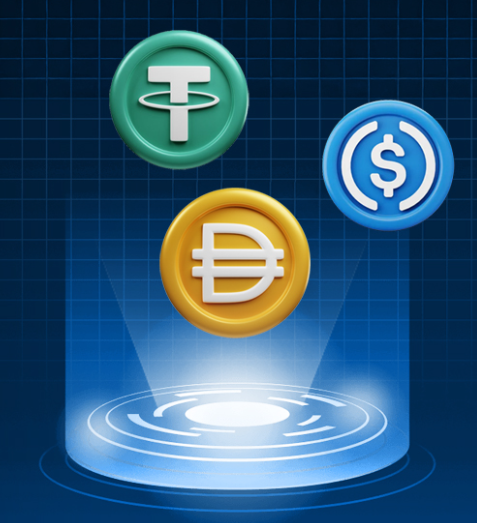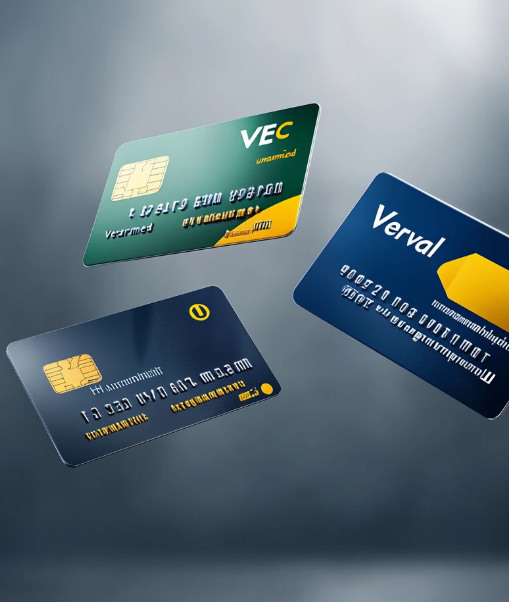In the world of finance, traditional banking systems have been the foundation for moving money across borders for decades. Platforms like SWIFT, SEPA, and ACH process trillions of dollars daily, supporting everything from international trade to employee payrolls. While these systems are reliable, they have their limitations: delays, high fees, restricted operating hours, and geographic fragmentation often complicate global transactions.
Enter stablecoins—a blockchain-based asset designed to maintain a stable value, typically pegged to fiat currencies like the US dollar. Rather than replacing traditional banking systems, stablecoins are emerging as a complementary solution. By bridging the gaps in speed, settlement finality, and accessibility, stablecoins are evolving the way value is transferred across the globe.
In this post, we will explore how stablecoin settlements are enhancing the existing financial infrastructure and why they are becoming indispensable in modern financial systems.
Traditional Financial Systems: Reliable Yet Restricted
Traditional payment systems have served the financial world well, earning their place in regulatory frameworks, central bank oversight, and institutional trust. However, these legacy systems were built in an era before digitalization, and they come with notable drawbacks:
- Operating Hours: Many banking systems follow regular business hours and are unavailable on weekends.
- Settlement Delays: Cross-border transactions can take 1-3 business days due to intermediaries.
- High Costs: Currency conversion fees, correspondent bank charges, and reconciliation expenses can reduce profit margins.
- Limited Transparency: Businesses often have little visibility into the status of funds during transit, especially for international transfers.
For financial institutions aiming to operate at the speed of the internet, these outdated rails can feel cumbersome and inefficient.
Stablecoins: Revolutionizing Payments for a Borderless World
Stablecoins, such as USDC, USDT, and PYUSD, are designed for fast, seamless, and cost-effective transactions around the globe. Operating on public blockchains like Ethereum, Solana, and Polygon, they offer instant transfers at a fraction of the cost of traditional methods.
Here’s what makes stablecoins transformative:
- Always-On Transactions: No cut-off times or holidays. Transactions are settled instantly, even on weekends or holidays.
- Lower Costs: Blockchain-based transfers are far cheaper than traditional banking systems, especially for cross-border payments.
- Full Transparency: Each transaction is traceable in real-time on the blockchain.
- Programmable Features: Stablecoins support smart contracts, enabling sophisticated financial workflows like automated payments, escrow services, or conditional transfers.
These features make stablecoins especially valuable for businesses dealing with international transactions, especially in regions where traditional banking infrastructure is slow or costly.
How Stablecoins Complement Traditional Finance
While stablecoins have clear advantages in terms of speed and cost, they aren’t here to replace fiat systems; rather, they are designed to complement them. Stablecoins are increasingly integrated into traditional financial structures, with specific applications such as:
1. Bridging Fiat and Crypto Systems
Stablecoins serve as a bridge between traditional fiat currencies and the crypto world. They enable businesses to transact in cryptocurrencies while still accounting for value in fiat currency. For example, a business might collect payments in stablecoins, settle instantly on the blockchain, and then convert them to local currency, all within a single transaction flow.
2. Accelerating Cross-Border Settlements
Stablecoins are becoming the go-to solution for businesses engaged in international trade. For example, if a company in Dubai needs to pay a supplier in Turkey, they could use USDT or USDC to settle the transaction quickly and at a lower cost than traditional methods like SWIFT. This process works alongside banks—leveraging both fiat and blockchain rails to ensure efficiency and cost savings.
3. Providing Liquidity for Banks
Some forward-thinking banks are using stablecoins as a liquidity layer for their internal treasury operations and cross-border settlements. By testing stablecoins for interbank transfers, banks can experience faster settlements and gain better transparency and auditability in their operations. This shift reflects an evolving view of stablecoins, from being seen as a challenge to being embraced as an infrastructure solution that enhances efficiency.
4. Acting as a Backup in Case of System Failures
Stablecoins can serve as a backup in the event of technical failures within traditional banking systems. If a bank encounters an outage or delay, stablecoins can continue operating independently, ensuring that time-sensitive transactions are processed without disruption. This has been particularly useful during holidays, system upgrades, or geopolitical events.
Regulatory Progress and Stablecoins
For stablecoins to seamlessly integrate with traditional financial systems, regulation needs to keep pace. Fortunately, this is already happening.
- The UAE: The UAE has become a frontrunner in regulating stablecoins, with authorities introducing clear guidelines as part of its Financial Infrastructure Transformation (FIT) program.
- The EU: The European Union’s MiCA (Markets in Crypto Assets) framework includes provisions for stablecoins, paving the way for regulated stablecoins in Europe.
- The US: Various bills are being developed to establish rules surrounding the issuance, reserves, and redemption of stablecoins.
As regulation evolves, it is likely that stablecoins will be integrated more deeply into global financial systems, providing a smoother and more efficient alternative to traditional payment methods.
What Does This Mean for Financial Institutions?
For banks, fintech companies, and enterprises, the key takeaway is clear: embracing blockchain technology and stablecoins doesn’t mean abandoning traditional payment systems. Rather, it’s about adding a new layer that facilitates faster, smarter, and more flexible transactions across borders.
Here’s how institutions can use stablecoins in their operations:
- Embedded stablecoin wallets: Integrating stablecoin payment options directly into banking platforms.
- Treasury systems: Using stablecoin settlements for cross-border flows and foreign exchange.
- APIs for stablecoin settlement: Integrating stablecoin payment APIs into ERP systems or marketplaces.
- Automated foreign exchange (FX) and off-ramp services: Enabling businesses to convert stablecoin receipts into fiat currencies quickly.
This hybrid approach combines the trust and compliance of fiat currencies with the speed and efficiency of blockchain technology.
Stablecoins: A Vital Component of Financial Infrastructure
The financial ecosystem doesn’t need more disruption; what it requires is practical infrastructure that works across time zones, currencies, and payment rails. Stablecoins offer this functionality, complementing traditional banking systems rather than competing with them. In doing so, they unlock opportunities for faster, cheaper, and more efficient financial workflows, whether for remittances, settlements, or payroll processing.
As stablecoins continue to mature and evolve, they are positioned to become a central element of global financial infrastructure, providing businesses with the tools they need to operate at the speed of the internet.













